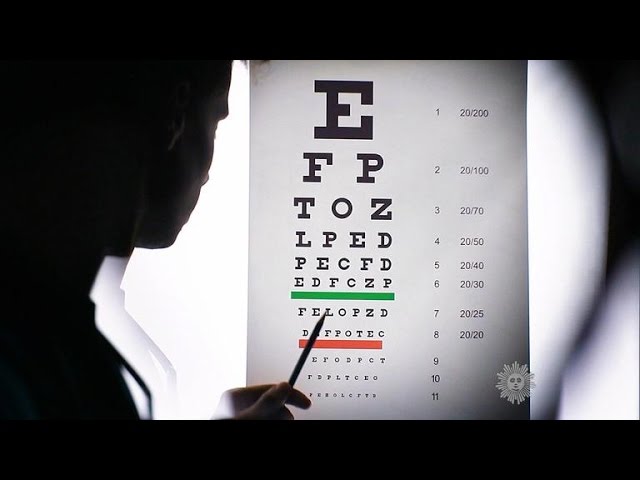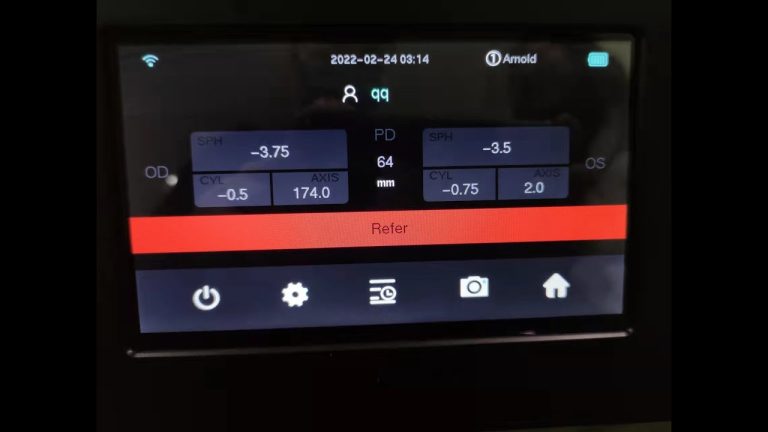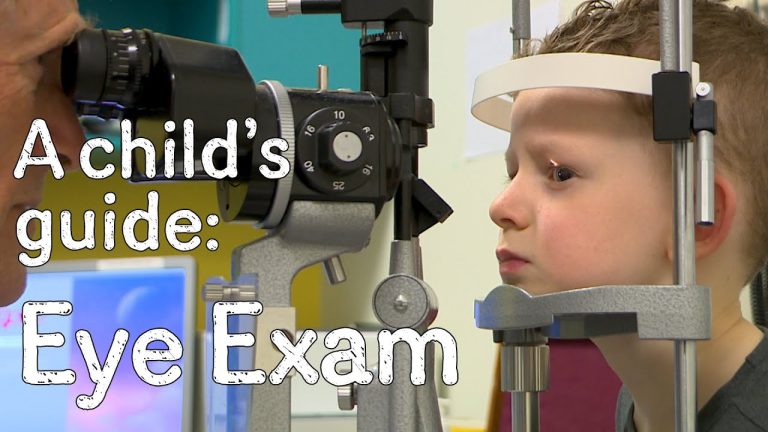Cracking the Code: How to Read an Eye Chart for Better Vision Care
When it comes to getting perfect eyesight, visiting an optometrist is the first step that most of us take. As an optometrist, one of the primary tools that you’ll be using to test your patient’s vision is the eye chart. Eye charts are essential tools in the optical industry, providing the clinician with a reliable and quick way to determine any visual acuity issues.
The Snellen chart is undoubtedly the most commonly used eye chart around the world. Developed by Dutch ophthalmologist Herman Snellen in 1862, the Snellen chart is a standardized way of testing a person’s vision. This chart displays different letters, each of them decreasing in size as you go down the chart. The standard Snellen chart is placed 20 feet away from a patient, and they’ll be asked to read specific lines of letters, covering one eye at a time. The larger the letters, the easier they are to read, and most people can read the first three lines with ease.
The Various Types of Eye Charts Available
While the Snellen chart is the most well-known type of chart, it’s not the only one. There are many different types of eye charts you can use, each of them designed to test something a little different.
The Tumbling E Chart
The Tumbling E chart is an alternative to the standard Snellen chart, and it’s often used with young children or elderly patients who may struggle to read letters. Instead of letters, this chart simply has capital letter E randomly oriented in different positions.
The LEA Symbols Chart
The LEA Symbols chart is an excellent option for testing young children or patients who may struggle to read letters. Instead of using letters, this chart uses pictures of familiar objects like cars or houses.
The Importance of Regular Eye Tests
Ensuring you have healthy eyes is essential to maintaining a high quality of life. Regular eye tests are key to achieving this, as they can identify changes in your vision that you might not notice. Getting regular eye testing is especially vital for children, who may not know they have a visual impairment, leading to poor school performance.
Conclusion
Eye charts may seem like a simple and straightforward tool, but they’re undeniably essential in the optical industry. They provide clinicians with quick and reliable ways to test patients’ vision and identify visual acuity issues. Ensuring you get regular eye tests is essential to maintaining good eye health, and the Snellen chart is one of the most well-known types of chart used for this purpose.
Contents
Most wanted in Hoya Vision:
What brand lenses does Costco use?
Hoya Lens Engravings
What’s the rarest eye color?
Which lens is better Alcon or Johnson and Johnson?
How to Choose the Right Temple Type for Your Glasses
Hoya Sensity Vs Transitions Xtractive
What’s the difference between 1.5 and 1.6 lenses?
1.53 Trivex Impact Resistant
What lenses do Costco use?
Should eyeglasses cover eyebrows?
















![Find the Best Eye Doctors for Comprehensive Vision Care | [Website Name]](https://www.hoyavision.com.ar/wp-content/uploads/2023/04/Eye-doctors-768x432.jpg)